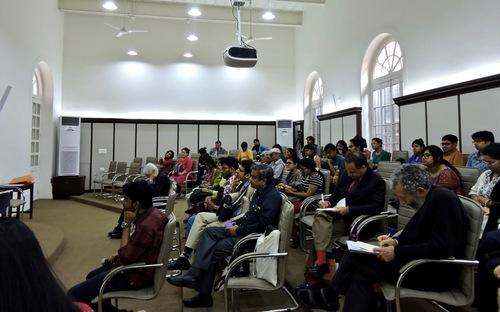On July 29, a small drone flew over the walls of a prison, dropping small packages of drugs and tobacco in the middle of a facility in Ohio, sparking a brawl in the courtyard as inmates fought one another for the prized possessions.
The incident was just the latest episode of a series where drones, capable of easily scaling barriers that people aren’t capable of, were being used intentionally to break the law.
In January, Mexican officials found a flight-wrecked drone, loaded with methamphetamine, in the parking lot of a supermarket less than half a mile from the U.S. border.
Since 2012, there have been more than 500 “encounters” with drones at sensitive sites, according to a memo the Department of Homeland Security sent to various agencies warning about the threat of terrorism posed by drones, obtained by ABC Radio.
“We cannot rule [out] the ability of future adversaries to acquire and use a commercially available [drone] as part of an attack within the Homeland,” reads the DHS Office of Intelligence and Analysis memo.
Officials aren’t too worried about drones being used to smuggle drugs across countries for now—not because the drones can be easily detected, but because at most existing drones can carry only a few pounds of freight, and cartels prefer to ship in hundreds of pounds of contraband at a time.
But it is true that for now, drone-detection technology is limited and therein lies the potential terrorist threat.
In April, a U.S. postal worker was able to fly a drone from outside of Interstate 495 highway—which traditionally circumscribes the area where the federal government is centered—onto the West Lawn of the United States Capitol, violating federal law by flying into highly prohibited airspace.





